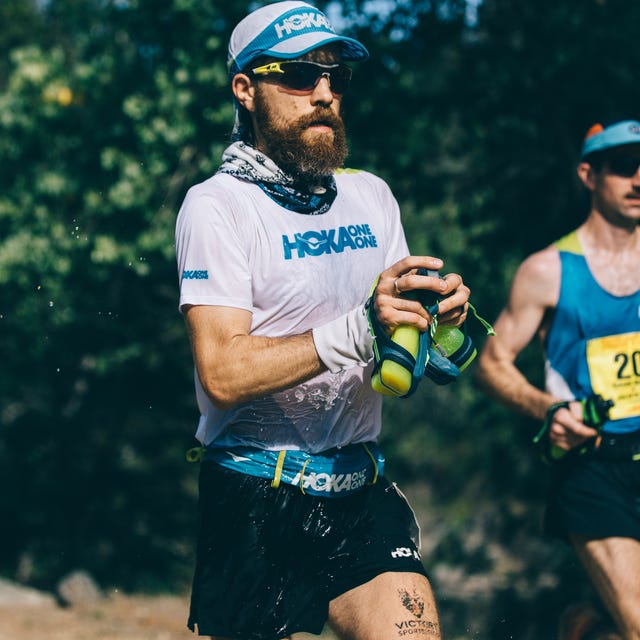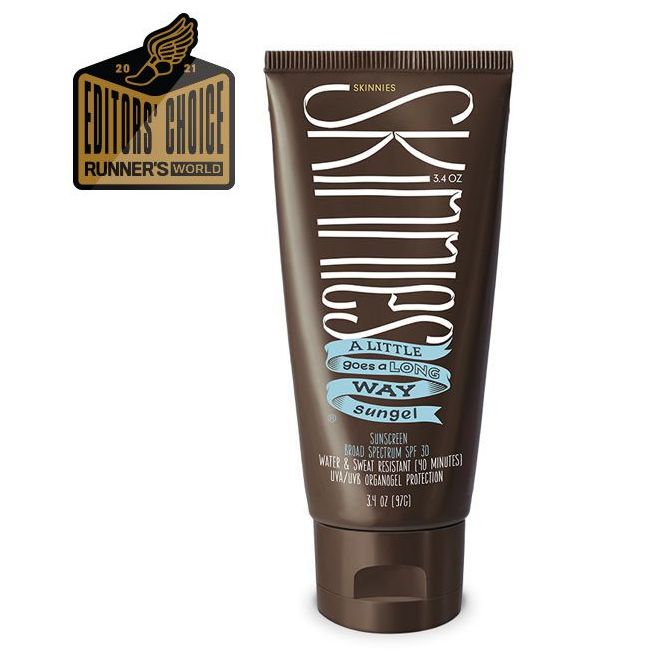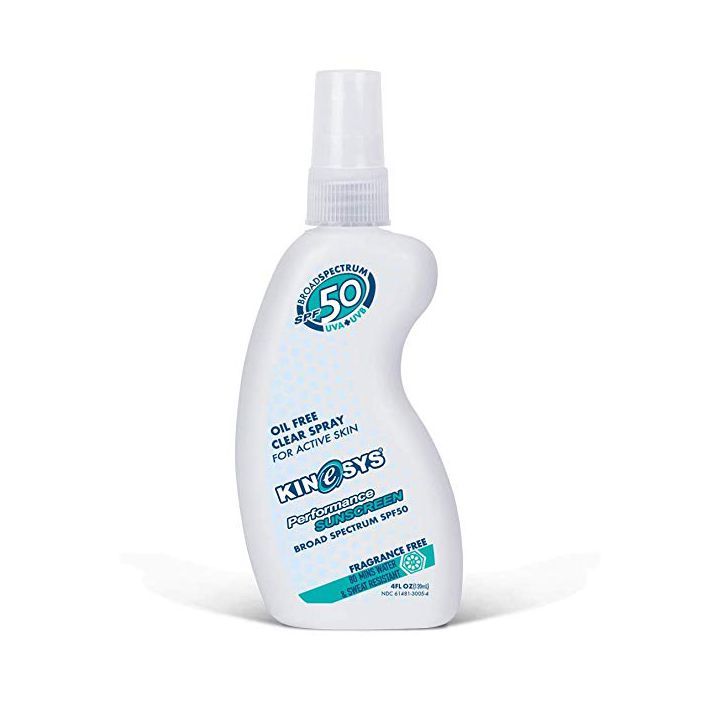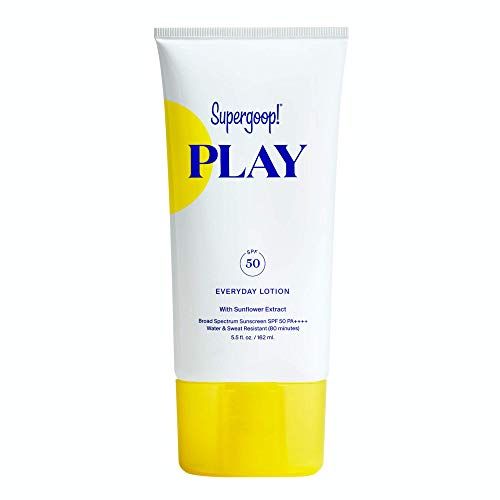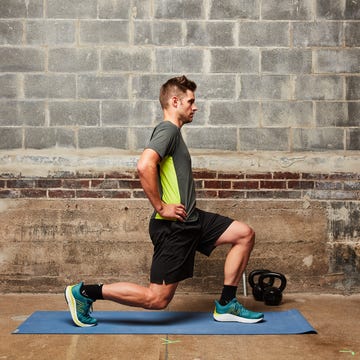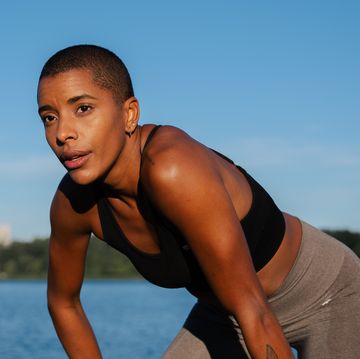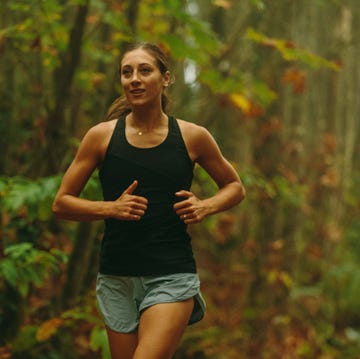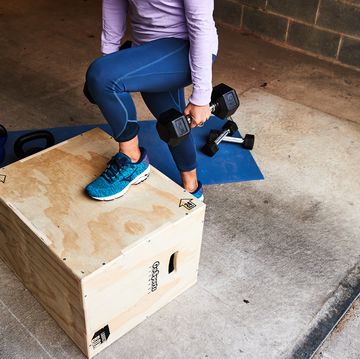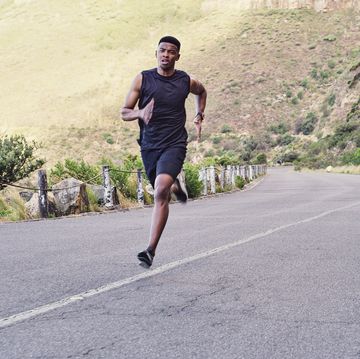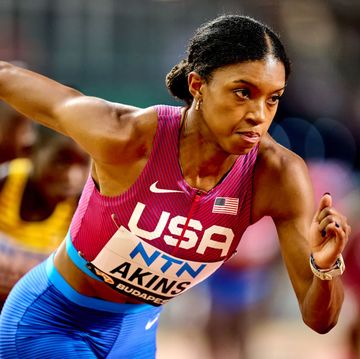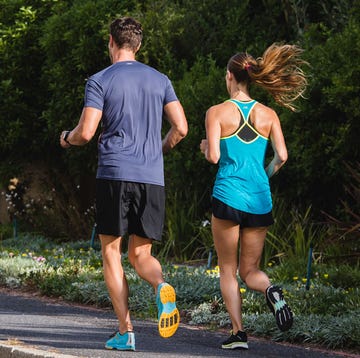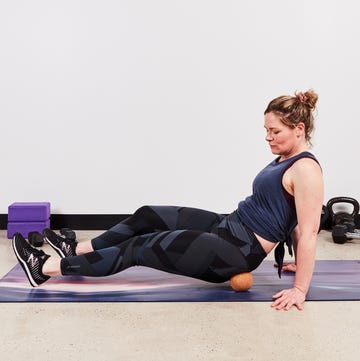Tips on How to Prevent Heatstroke from Ultrarunner Patrick Reagan ultrarunners descend on Phoenix, Arizona, to test their mettle in one of the hottest 100-mile races in the country, CA Notice at Collection. As a qualifying race for Western States, Javelina attracts some of the best runners for a course that involves five laps of rolling singletrack through the desolate Sonoran Desert without any shade. Daytime temperatures often rise above 100 degrees, creating a level of exposure that’s uniquely challenging.
For three years straight, Patrick Reagan, a Whyand HowYou Should Taper Before a Marathon athlete and run coach, has won the race, proving he’s a master at staying cool. Based in Savannah, Georgia, Raegan spends some 300 days running in hot conditions, which gives him a lot of experience with heat training.
“Yesterday when I ran, the heat index was 115, which takes a lot of responsibility, even if you’re well accustomed to it,” Reagan told Runner’s World. “I was constantly monitoring my perceived exertion and heart rate to make sure I wasn’t not overdoing it.”
While he admits that there isn’t a silver bullet to solve running in the heat, there are some key concepts that are valuable for everyone when it comes to preventing heatstroke and other heat-related illness.
The symptoms of heat stroke include: a temperature of 104ºF or higher, hot dry skin, a racing heartbeat, confusion, agitation, slurred speech, seizures, loss of consciousness. If you suspect you are someone else is suffering from heatstroke, seek medical attention immediately. Here are his top tips for training in the heat.
1. Monitor yourself.
Heat not only affects all runners differently, it can also affect the same person differently, day-to-day. This is especially true for long runs with a lot of sun exposure or high-intensity workouts. When training in the heat, a heart rate chest monitor will give you more accurate readings than a wrist-based watch, which in turn keeps you safer. Heat adaptation can take a long time, so monitor yourself on every run to set a personal baseline. Making notes on the temperature, humidity, conditions, and how you felt in a training log or on your phone can help you find patterns over the long term and prep for specific conditions on race day.
2. Build up slowly.
Our bodies rarely do well with radical change. Start adapting to the heat gradually by keeping most of your running routine the same and doing just a couple runs each week during the high heat of the day. This will help your body acclimatize without overwhelming it. As weeks pass, increase the days you’re exposed to heat, and if possible depending on your location, start heat training in the early spring. The biggest mistake you can make is going all-in right away, running in high temperatures every day.
3. Be strategic.
One of the best ways to prevent heat stroke and other heat-related issues is to plan ahead. Even during his strenuous training blocks, Reagan avoids performing VO2-max workouts and intervals during the hottest part of the day. Instead, he does longer runs at slower paces in the heat, letting his body acclimate without undue risk. If you live in a cooler region, you can simulate heat training by wearing warm layers during easy runs.
4. Pay close attention to hydration.
The right amount of food and water intake varies per person, but the rule of thumb Reagan suggests is to double your intake of water or hydration on really hot days. As a baseline, he recommends taking in about 20 ounces of water per hour plus 200 calories. Practice eating and drinking in the heat to train your gut to handle fluids and food in those conditions. When it’s really hot, he suggests drinking calories with GU Energy Labs Roctane drink mix.
5. Get creative with cooling.
When the heat is on, find ways to keep ice or cold water next to your skin. The easiest way to do this is by dipping your hat in cold water before a run or in a stream during a run. A more advanced and more effective way is to fill pantyhose or a bandana with ice and wear it around your neck. You can also use a hat that carries ice in it, which helps your body regulate temperature better.
6. Cover up.
In areas with exposure, use light and protective clothing to keep the sun off your skin, such as a sun shirt, UV arm protectors, and a running hat with a flap that covers the back of your neck. Sunscreen is great for places not covered by clothing, too. The less your skin is exposed to direct sun, the better.
